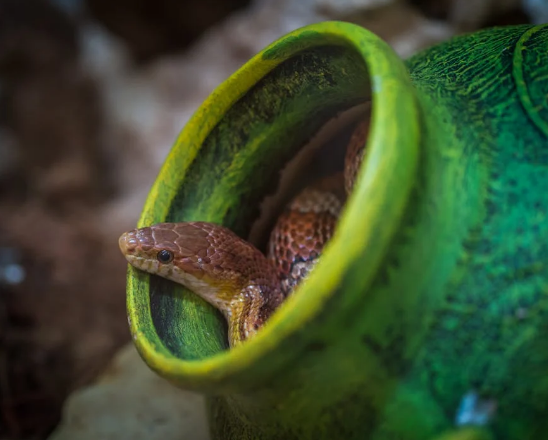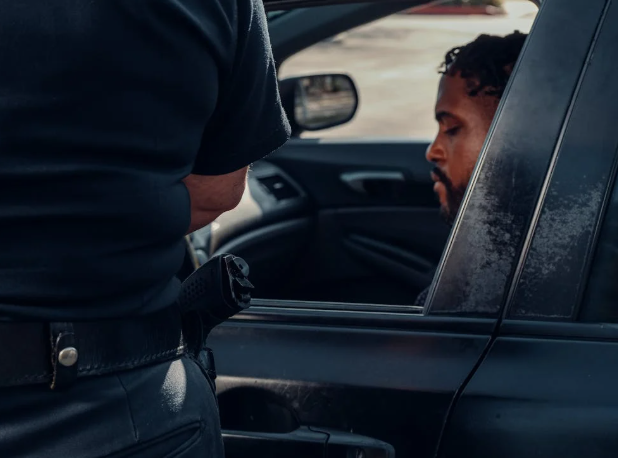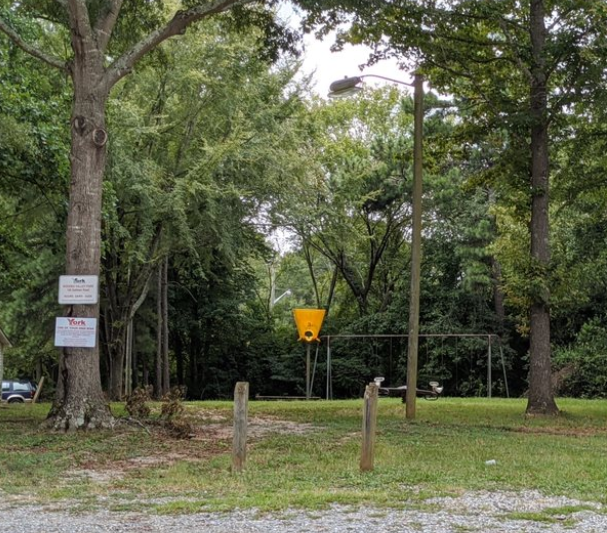As South Carolina’s summer heat intensifies, so does the activity of the state’s most commonly encountered venomous snake, the Southern Copperhead. Wildlife experts are advising residents to be particularly vigilant, as August marks the peak season for sightings of these reptiles.
Southern Copperheads are a type of pit viper and are well-known for their effective camouflage. Their bodies are typically a light tan or brown color with darker, hourglass-shaped crossbands that help them blend in with fallen leaves and woodland debris. Juvenile copperheads are easily identifiable by their bright yellow tail tips, which they use to lure prey like frogs and lizards. This distinctive tail color fades as the snakes mature.
According to herpetologists, copperhead activity increases in late summer as they become more mobile in search of food and mates. They are often found near water sources, in wooded areas, and even in residential yards, garages, and under porches. This time of year also coincides with birthing season, meaning both adult and juvenile copperheads are active. It is important to remember that baby copperheads are born with fully functional venom glands, making them just as venomous as adults.
How to Prevent an Encounter:
Preventing copperhead bites is primarily about awareness and avoiding accidental encounters. Experts recommend the following precautions:
- Clean Up Your Yard: Remove potential hiding spots for snakes and their prey, such as piles of leaves, rocks, firewood, and other debris.
- Mow Your Lawn: Keep grass trimmed and vegetation around your home neatly maintained to reduce cover for snakes.
- Watch Where You Step: Be mindful of where you place your hands and feet when hiking, gardening, or walking in wooded areas.
- Use a Flashlight at Night: Copperheads are often nocturnal during the hot summer months. Use a flashlight when walking after dark, as they may be resting on warm pavement or sidewalks.
- Keep Pets Leashed: When walking dogs, keep them on a short leash to prevent them from investigating brush or wooded areas where a snake might be hiding.
What to do if Bitten:
While a copperhead bite is painful, it is rarely fatal. However, it requires immediate medical attention. If you or someone you know is bitten:
- Remain Calm: Stay as still as possible to slow the spread of venom.
- Call 911 Immediately: Seek professional medical help without delay.
- Remove Constrictive Items: Take off any rings, watches, or tight clothing near the bite area before swelling begins.
- Clean the Wound: Gently wash the bite with soap and water and cover it with a clean, dry dressing.
- Do NOT Apply a Tourniquet or Ice: These actions can cause more tissue damage. Do not attempt to cut the wound or suck out the venom.
The best way to handle a copperhead is to simply leave it alone. The majority of bites occur when people try to handle, capture, or kill the snake. If you spot a copperhead, give it space, and it will typically move on its own.
Sign up for our Sunday Spectator. Delivered to your inbox every Sunday, with all the news from the week.
















